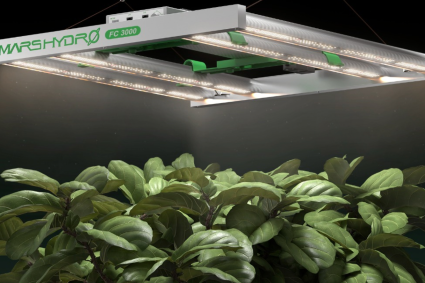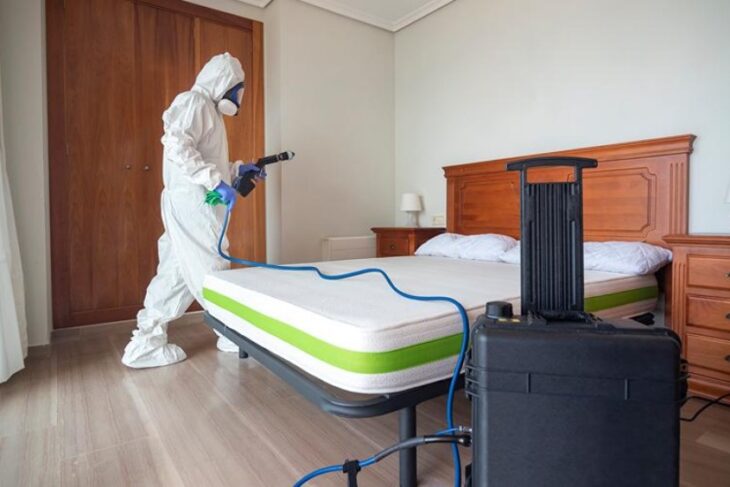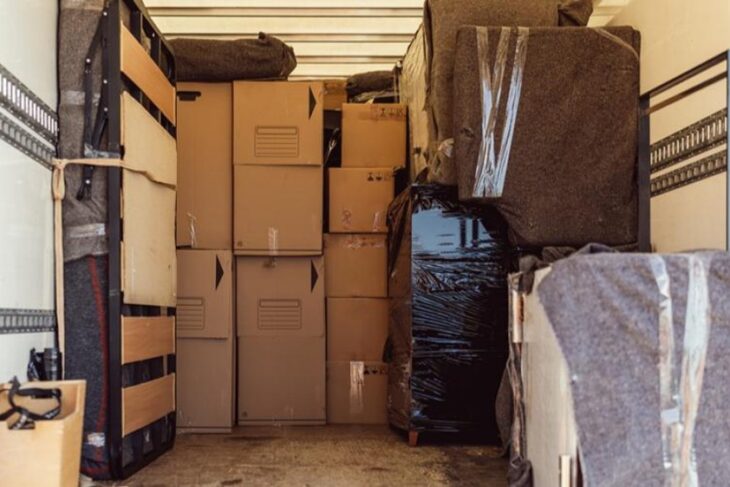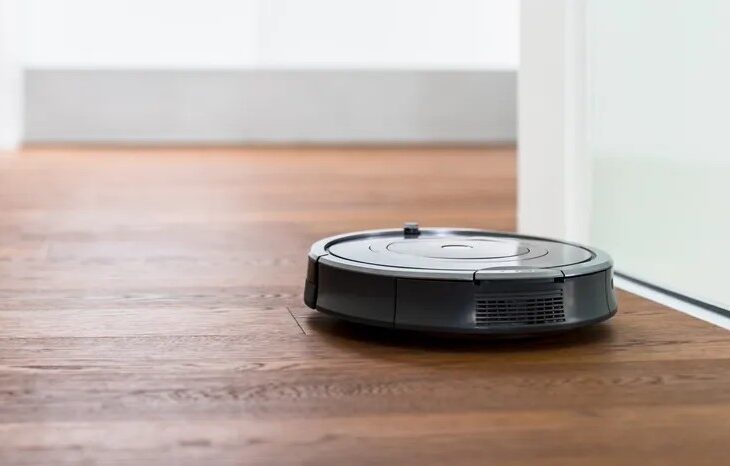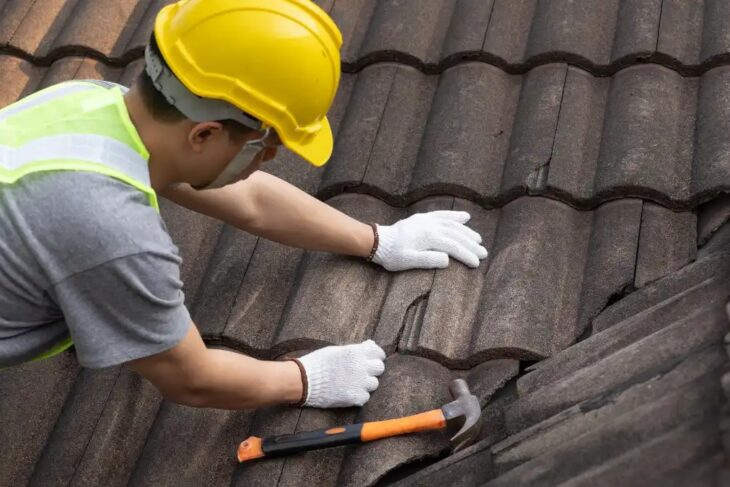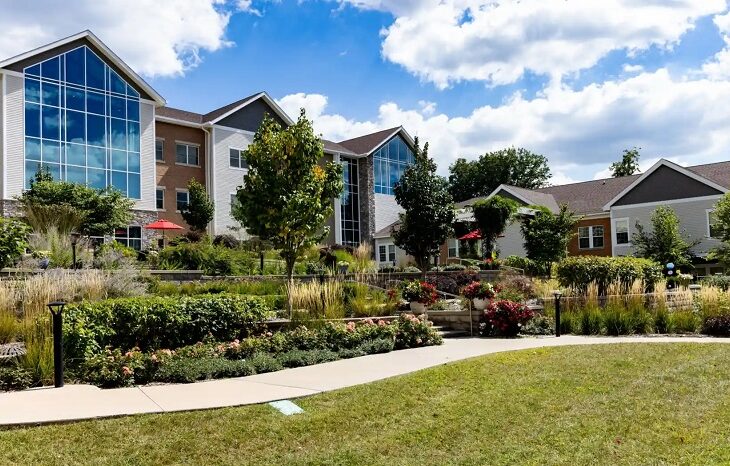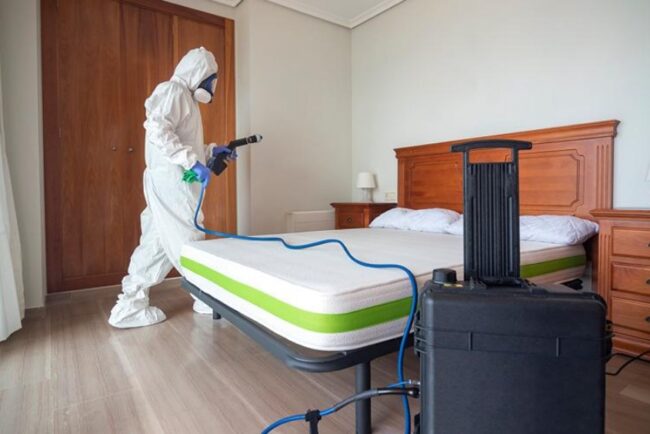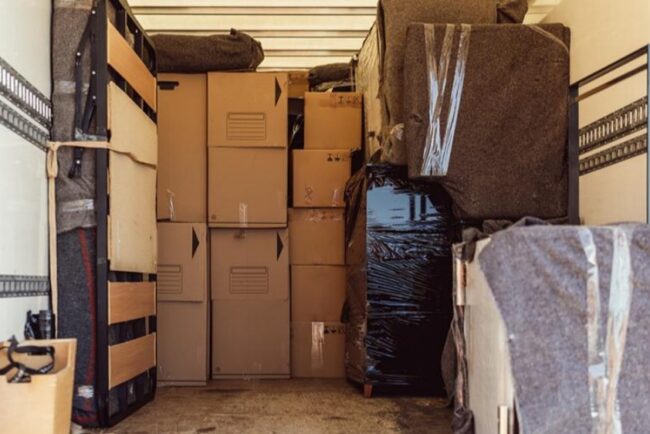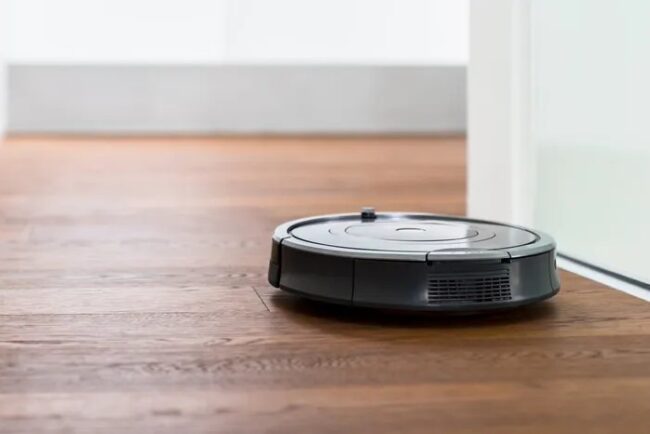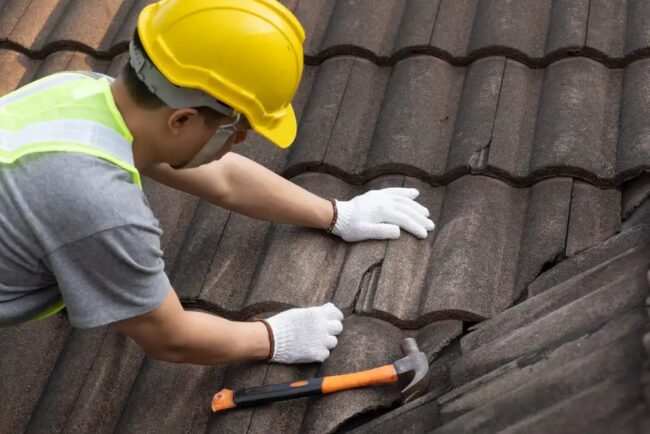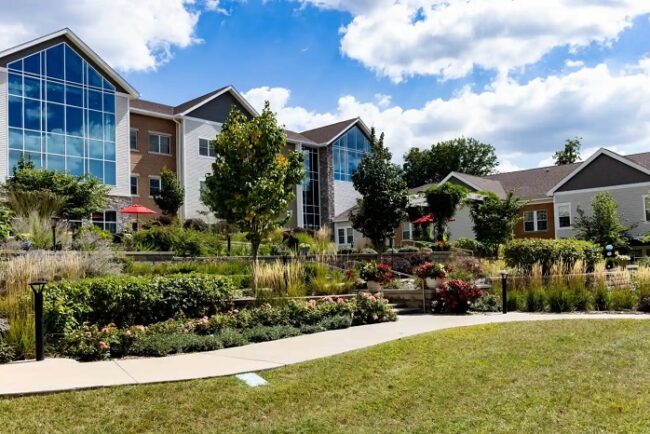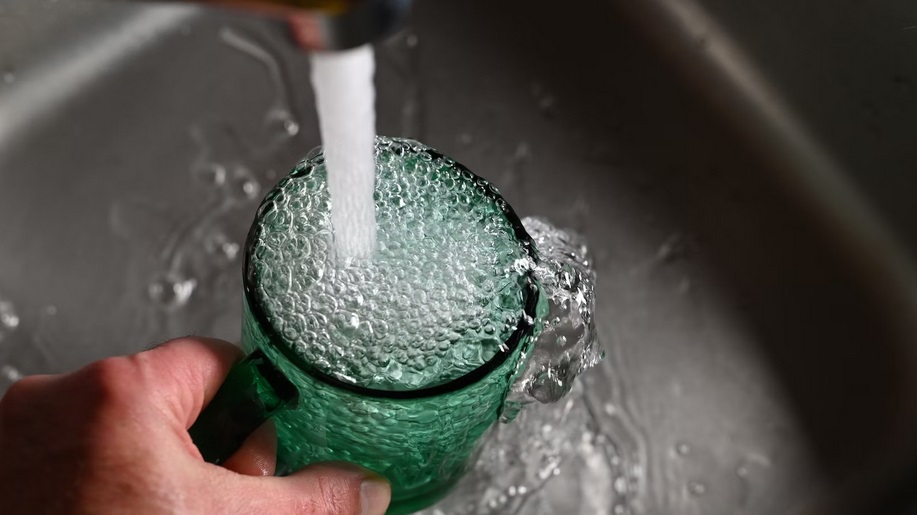
Maintaining high-quality water throughout your house is essential not only for health but also for the longevity of your plumbing and appliances. From removing sediment and contaminants to reducing hard-water buildup, a well-designed whole-home water treatment plan can make a world of difference. In this article, we’ll explore the key components you need to consider—whole home water filter , purification methods, water softeners, reverse osmosis systems, and home water testing—to create a comprehensive solution tailored to your needs.
1. Whole-Home Water Filters
A whole-home (point-of-entry) filter is installed where water enters your home, ensuring that every tap, shower, and appliance enjoys cleaner water.
- Sediment Filters: Capture sand, rust, and large particles to protect downstream equipment.
- Carbon Filters: Reduce chlorine, volatile organic compounds (VOCs), and unpleasant tastes or odors.
- Media Filters: Use specialized minerals (e.g., greensand, catalytic carbon) to remove iron, sulfur, and manganese.
Benefits:
- Protection for plumbing and appliances
- Consistent water quality at all outlets
- Lower maintenance—filters typically last 6–12 months depending on usage and water quality
2. Home Water Purification Methods
Beyond basic filtration, purification technologies address microscopic pathogens and dissolved chemicals:
- Ultraviolet (UV) Purification: Destroys bacteria, viruses, and protozoa without adding chemicals.
- Chemical Injection (e.g., Chlorination): Maintains residual disinfectant levels but requires careful dosing.
- Ozone Treatment: Provides strong oxidation to neutralize contaminants; more complex and costly.
Choosing the right method depends on your source water (municipal vs. well), existing contaminant profile, and safety needs.
3. Finding a “Water Softener Near Me”
If hard water—high in calcium and magnesium—is causing scale buildup on fixtures or reducing soap efficacy, you’ll need a water softener. To locate local installers:
- Search Online Directories: Look for certified dealers in your area with customer reviews.
- Ask for Certifications: Ensure they’re trained in ion-exchange resin systems (the most common type).
- Compare Service Plans: Regular maintenance (resin replacement, salt delivery) keeps the system running smoothly.
- Tip: A well-sized softener regenerates less frequently, saving salt and water. Provide your installer with details from a home water test (see section 5) for accurate sizing.
4. Reverse Osmosis for Home Use
Reverse osmosis (RO) systems use a semipermeable membrane to remove up to 99{2c2c89c00c1aa6709c6e9355826398a19fe10b24a72279a5e1e1f93333f302b7} of dissolved solids, including lead, nitrates, and fluoride.
- Under-sink RO: Compact units supplying drinking and cooking water.
- Whole-house RO: Larger, more expensive systems that treat all water entering the home (often paired with pre- and post-filters).
Pros:
- Exceptional contaminant removal
- Improved taste and clarity
Cons:
- Wastewater: Typically 3–4 gallons discarded per gallon produced (though high-efficiency models exist)
- Requires a storage tank and periodic membrane replacement (every 2–3 years)
5. Conducting a Home Water Test
Before investing in any system, test your water to identify what needs to be treated:
- Order a DIY Test Kit: Checks pH, hardness, chlorine, iron, nitrate, and bacteria.
- Use a Certified Lab: For detailed analysis of arsenic, lead, volatile organics, and more.
- Interpret Results with a Pro: Many water-treatment companies offer free consultations when you submit lab results.
Key Metrics to Watch:
- Hardness (mg/L or grains per gallon): Determines the need for a softener.
- pH Level: Affects corrosion and taste.
- Total Dissolved Solids (TDS): Guides whether RO or other purification is warranted.
- Contaminant Levels vs. Standards: Compare to EPA or WHO guidelines to select proper treatment.
Creating an integrated home-water treatment system starts with understanding your specific water profile and goals—whether that’s softer water for your appliances, crystal-clear drinking water, or comprehensive protection against pathogens. By combining a whole-home filter with targeted purification, a water softener, and (if desired) a reverse osmosis unit, you’ll enjoy safe, great-tasting water from every tap. Begin with a thorough water test, consult qualified professionals, and tailor each component to your household’s needs for the best results.

